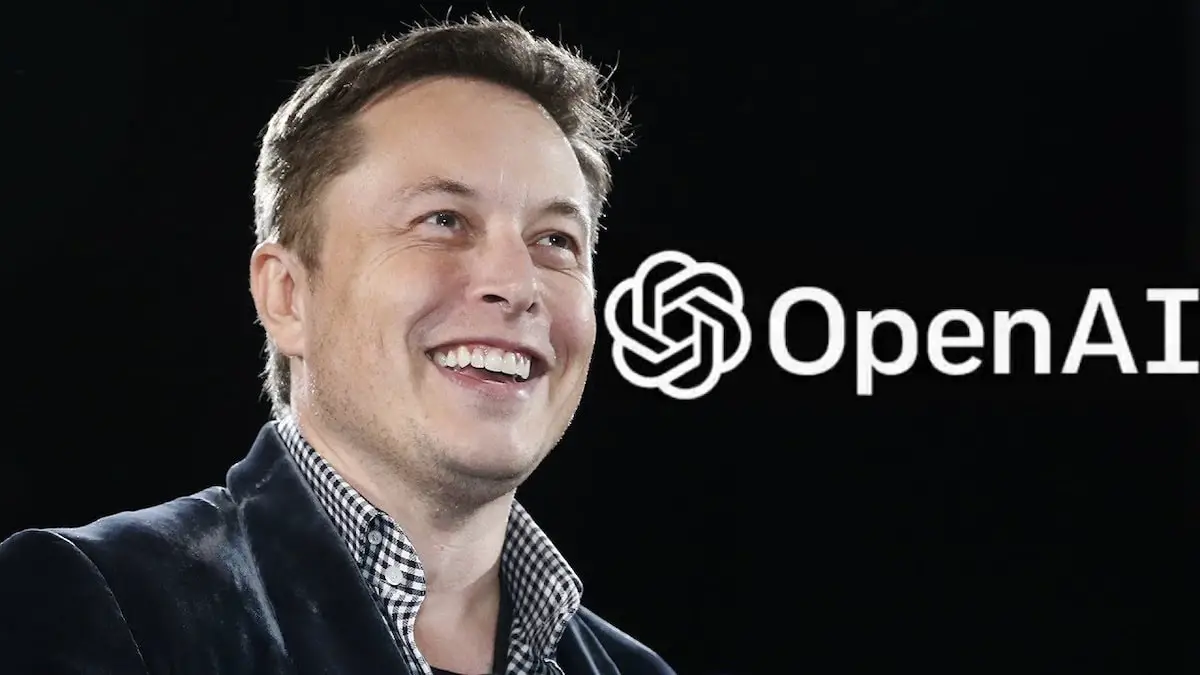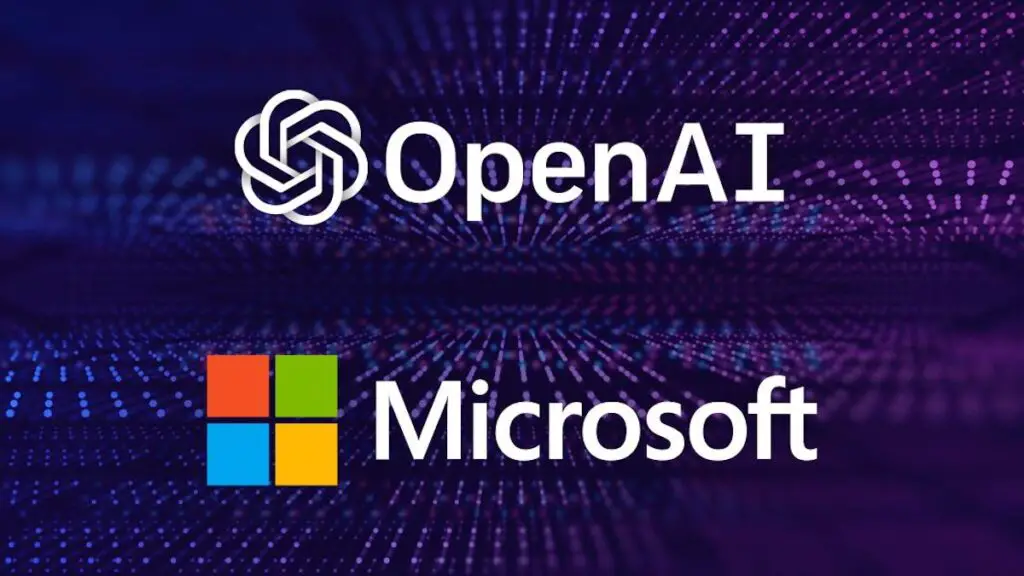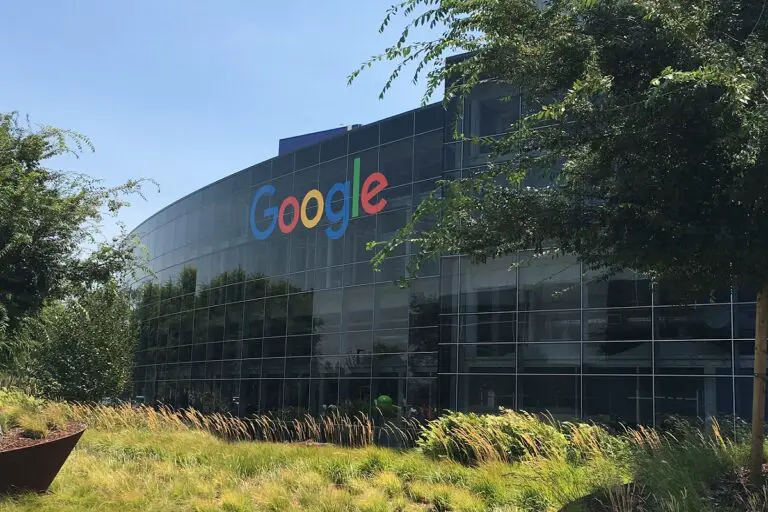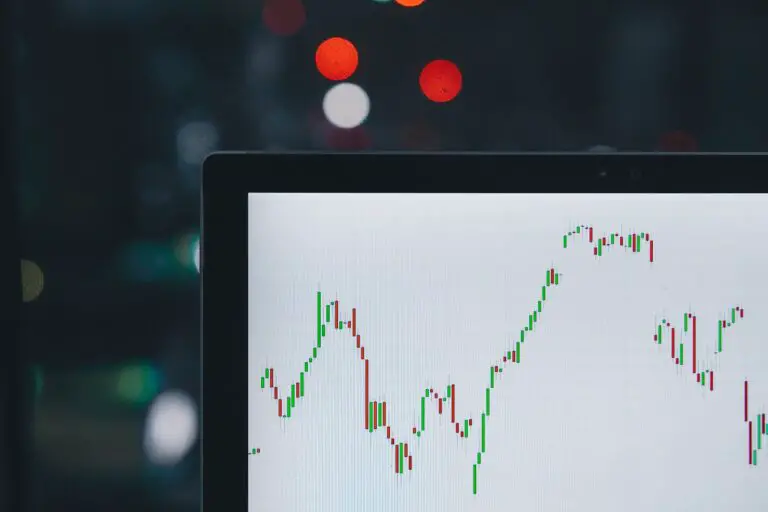Can you buy OpenAI Stock?
The OpenAI project has been making headlines for a while now. Let’s take a look at artificial intelligence, the key players in the field, as well as OpenAI.
Table of Contents
Artificial Intelligence
Artificial Intelligence (AI) has revolutionized almost all aspects of our lives. We are surrounded by it every day. It is on our smartphones, on shopping sites that recommend products to us, and on social media networks that filter the content we see.
The rise of AI
We cannot ignore that AI has been one of the most revolutionary technologies, and it is here to stay. There are numerous examples of how we use machine learning (ML) in our daily lives; Netflix and Amazon use ML to provide personalized recommendations.
Artificial intelligence powers personal assistants such as Alexa, Cortana, and Siri. Google Translate would not exist without machine learning and neural networks. Nvidia’s graphic cards have become the standard in data centers worldwide. Chipmakers are racing to build AI chips for data centers, drones, smartphones, self-driving cars, etc.
AI also heavily influences social media. AI can predict how you feel about a particular celebrity or brand based on your preferences and interaction with other users. It can create tailored advertisements based on your predicted interests. This way, it is more likely that you will respond to the ad by clicking on it or purchasing the product.
Many industries such as finance, health care, business – pretty much every sector – are deeply affected by this technology.
Robot advisors are already available in healthcare, finance, legal, media, insurance, etc. Virtual assistants or chatbots already offer expert assistance.
In healthcare, Artificial Intelligence can assist with medical diagnosis. Artificial Intelligence can scan documents from previous court rulings and produce the relevant briefs and citations for attorneys to base their arguments on in the legal profession.
Although autonomous driving is still in its early stages, the progress made with self-driving cars is astounding. The concept behind self-driving cars is to create a system that can detect its surroundings using sensors (such as cameras and radars) and make decisions in real-time. Artificial Intelligence is pervasive in our everyday lives.
Machine learning and deep learning (DL), the two most popular branches of AI, are techniques that allow computers to learn from data and make predictions based on them. These methods can be used in finance to predict stock trends or even detect credit card fraud.
However, these techniques are not only used in the industry. As we speak, scientists and futurists make forecasts about how AI will change us as a society.
An increasing number of AI experts claim that the singularity (the moment when AI will surpass human intelligence) will happen within our lifetime. However, many skeptics argue that this event is unlikely to happen.
Artificial Intelligence has its offshoots, such as Deep Learning and Machine Learning, which use computers to complete tasks that previously required human intelligence.
Its most popular applications include robotics, self-driving cars, and intelligent voice assistants.
What is Machine Learning?
Machine Learning is the term used today for teaching computers how to learn new things independently, without explicitly programming them with rules or instructions to follow.
This is what your smartphone does when it tries to predict which websites you are likely to visit based on your previous web browsing history or what Facebook does when it decides which posts you are most likely to like.
Machine Learning is making AI tools more powerful every day by improving computers’ ability to automatically “learn” (or recognize patterns in data) and make automated decisions without human input.
As the Machine Learning Capabilities of AI systems improve, we are increasingly relying on AI tools for more of our decisions, including which cancer treatment is best suited for a patient or what career path a student should choose.
What is Deep Learning?
Deep learning uses artificial neural networks inspired by the human brain and is a subset of Machine Learning. Deep learning works by combining AI algorithms to create “neural networks” that can recognize patterns in data, including objects in images or words in natural language. A neural network consists of multiple layers of interconnected nodes, much like a biological brain. The deeper the network, the more complex it gets.
Deep learning is behind recent technological advancements such as self-driving cars and digital assistants. It is also used to create chatbots that simulate human-like conversations, increasingly being employed as customer service tools.
It enables AI to understand images, video, and audio by breaking down the information into small components. These systems can then analyze individual pieces of data, such as pixel by pixel or word by word, based on patterns from the whole.
While Machine Learning is a type of AI in which algorithms learn from data and make predictions, Deep Learning is a subset of ML and uses neural networks to make patterns in data more discernible.
Major Tech Players in AI
The big names in technology have invested heavily in Artificial intelligence research and machine learning to build their biggest businesses.
Amazon, which dominates the eCommerce business, has developed AI algorithms to run its top-notch recommendation engines for e-commerce, video, and music streaming and determine product rankings. It uses AI for its Amazon Go cashier-less grocery stores, to Amazon Web Services Sagemaker, a cloud infrastructure tool that uses machine learning models.
Alphabet, which leads the internet search space, created Google Home and other voice-control systems powered by Artificial Intelligence. Alphabet specializes in deep learning through its autonomous vehicle startup Waymo. They also created Google Translate and many other products and features that use AI-powered machine learning.
Apple, which has a robust mobile phone business, uses Artificial Intelligence to power its intelligent voice assistant Siri and photo management software in its operating system for mobile devices. Apple uses AI to recognize faces in pictures via its photo app and even determine the best lighting for your face when you take selfies.
Facebook uses AI for facial recognition in photos and automatic language translation on its social media platform. Facebook uses AI to personalize the newsfeed based on your preferences, to automatically tag photos (for instance, telling you who’s in the picture).
Microsoft uses AI to power its Cortana voice assistant, Bing Search, and Skype. It also offers a cloud computing platform, Azure. Microsoft (MSFT) has also acquired Nuance Communications (NUAN), an artificial intelligence tool widely used in healthcare.
Microsoft agreed to pay $56 per share for Nuance’s software as part of the deal. Microsoft plans to deliver Nuance tools to healthcare customers through its cloud computing platform Azure.
DocuSign, a leader in digital signature software, acquired Seal Software, an enterprise contract analytics company, in 2020. Seal Software uses machine learning to organize and identify risks and opportunities in contracts.
AI stocks are becoming hot commodities as tech giants are racing to acquire other companies with promising AI technologies.
Risks of AI
As this technology has progressed, the controversy over whether this development should continue rages on.
We need to understand how these systems work – both their benefits and risks – if we want society to reap the benefits of these technologies and successfully manage the risks.
We need to understand the dangers that come with it – especially the risk of machines getting much better at quickly learning tasks independently and eventually radically outperforming humans in all areas.
We need to understand who’s creating these technologies and how they’re being used. If we don’t, then others will control this technology and use it against us.
AI technology can transform society in unprecedented ways, and we need to ensure that it’s used and applied responsibly. Who should be responsible for managing the risks? Should regulation or other measures be introduced to address the dangers of artificial intelligence?
During the 2016 elections, Cambridge Analytica, a political data analysis firm, used voter profiles from Facebook to influence elections worldwide. In 2018, tech giants such as Google and Twitter had been criticized for their bias against conservatives, as some tech companies have denied them advertisement revenue based on the belief that they foster hate speech or lack “brand safety.”
AI can create tools that can be helpful or harmful, depending on who’s in control. This makes it all the more important for people to understand and learn about the risks associated with these new technologies, and we need to do it soon. Technology companies have a responsibility to ensure that their products are being used responsibly.
Technology companies should be transparent about how they’re using AI, who’s using it, and for what purpose. Tech companies build these technologies to create new efficiencies in how we live our lives or do business, but not all uses of Artificial Intelligence are inherently positive. Some are socially beneficial, while others may cause harm.
This is where OpenAI comes in.
OpenAI: Company Profile
What is OpenAI?
OpenAI is an Artificial Intelligence research laboratory consisting of the for-profit company OpenAI LP and its parent company, the non-profit OpenAI Inc.
OpenAI’s mission is to ensure that artificial general intelligence (AGI) benefits all of humanity. The company wants to share its research so others can use it and freely collaborate without any constraints – i.e., they will not be selling products or services with their patents – and, most importantly, it ensures that no single company or organization can gain too much power or influence over the direction of this technology.
OpenAI was founded with a promise of $1 billion in late 2015 in San Francisco by Elon Musk, Sam Altman, and others. In October 2015, Musk, Altman, and other investors announced the creation of OpenAI and pledged $1 billion to the company.

The founders are concerned about the existential risks from Artificial General Intelligence, which refers to highly autonomous systems that outperform humans at economically valuable work.
OpenAI’s Growth
OpenAI consists of two parts, a for-profit company called OpenAI L.P. and an original non-profit organization. Both have a cap on profits and returns to investors (CAP). OpenAI has its headquarters in San Francisco.
According to OpenAI, a capped profit model was introduced in March 2019 to allow OpenAI LP to attract investment from venture capital funds and give employees a stake in the company, with the aim, they say, of opening up AI in the long term.
After the changeover, there will no longer be any public disclosure of remuneration for the company’s top staff.
OpenAI’s leaders announced a new investment vehicle company called OpenAI LP to raise the extra money and computing power people need to control the fate of AI.
Musk left the board of directors of OpenAI in February 2018 and has not been involved with the company since. OpenAI leaders have stated that the paltry $1 billion is not enough to compete with the resources of AI labs at companies like Amazon, Google, and Facebook.
Within a few years of its founding, OpenAI has become one of the leading AI research labs in the world. It has garnered a reputation for producing consistent and innovative research. In 2020, OpenAI announced GPT-3, a language model aimed at natural language answering questions.
OpenAI is working on research and scaling its business model, and it is not yet listed on the stock exchange through an IPO. Sam Altman, the co-founder and president of OpenAI, says that Artificial intelligence has already created so much wealth that an adult in the United States could be paying $13,500 a year from its windfall in ten years.
Altman calls it the “AI revolution,” comparing its scale to the agricultural, industrial, and computerized technological revolutions.
Related: Best value investing books
OpenAI Stock Price
Since OpenAI is not listed via an IPO, OpenAI stock is not available right now. You can only invest in OpenAI stock after OpenAI goes public.
Microsoft announced in July 2019 that it was teaming up with OpenAI to create artificial general intelligence and human intelligence to create one of the world’s five most publicly accessible supercomputers.

Microsoft invested a billion dollars in OpenAI. As part of this partnership, Microsoft will become the preferred partner of OpenAI for commercializing new AI technologies.
Given the interest in Artificial Intelligence from tech players, the OpenAI stock price would reflect this once OpenAI goes public.
Can you Buy OpenAI Stock?
No, you cannot buy OpenAI stock right now. You would have to wait until OpenAI goes public to invest in OpenAI.
What is the OpenAI stock price?
OpenAI is not listed on the stock exchange, so there is no OpenAI stock price. However, this could change when OpenAI goes public.
Will OpenAI ever go public?
It remains to be seen if OpenAI will go public, but if it does, it will be one of the stocks you should consider investing in because of the potential of Artificial Intelligence.
Related: Best Investment Apps
Final Thoughts
AI is no longer a distant development in the future. It is the future. If you took away AI capabilities from the trillion-dollar companies Amazon, Microsoft, Apple, and Alphabet, their profitability would instantly decrease, underscoring how important AI is to the economy.
How to invest in: Nike, WhatsApp, Honey, Twitch, Subway, Parler, IKEA, White Claw, OpenAI, Chick-fil-A, AMIH, Instagram, Bass Pro Shop, The Boring Company, Google, Coca-Cola, Beyond Meat






